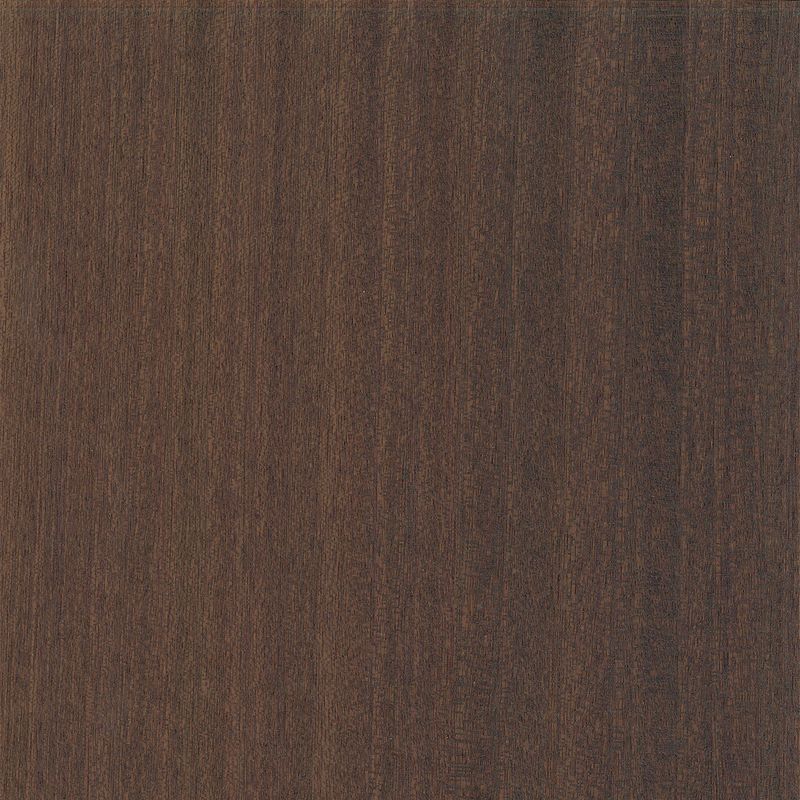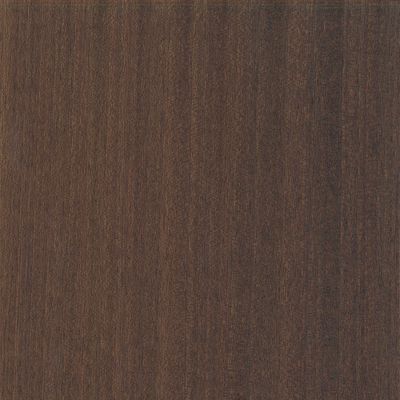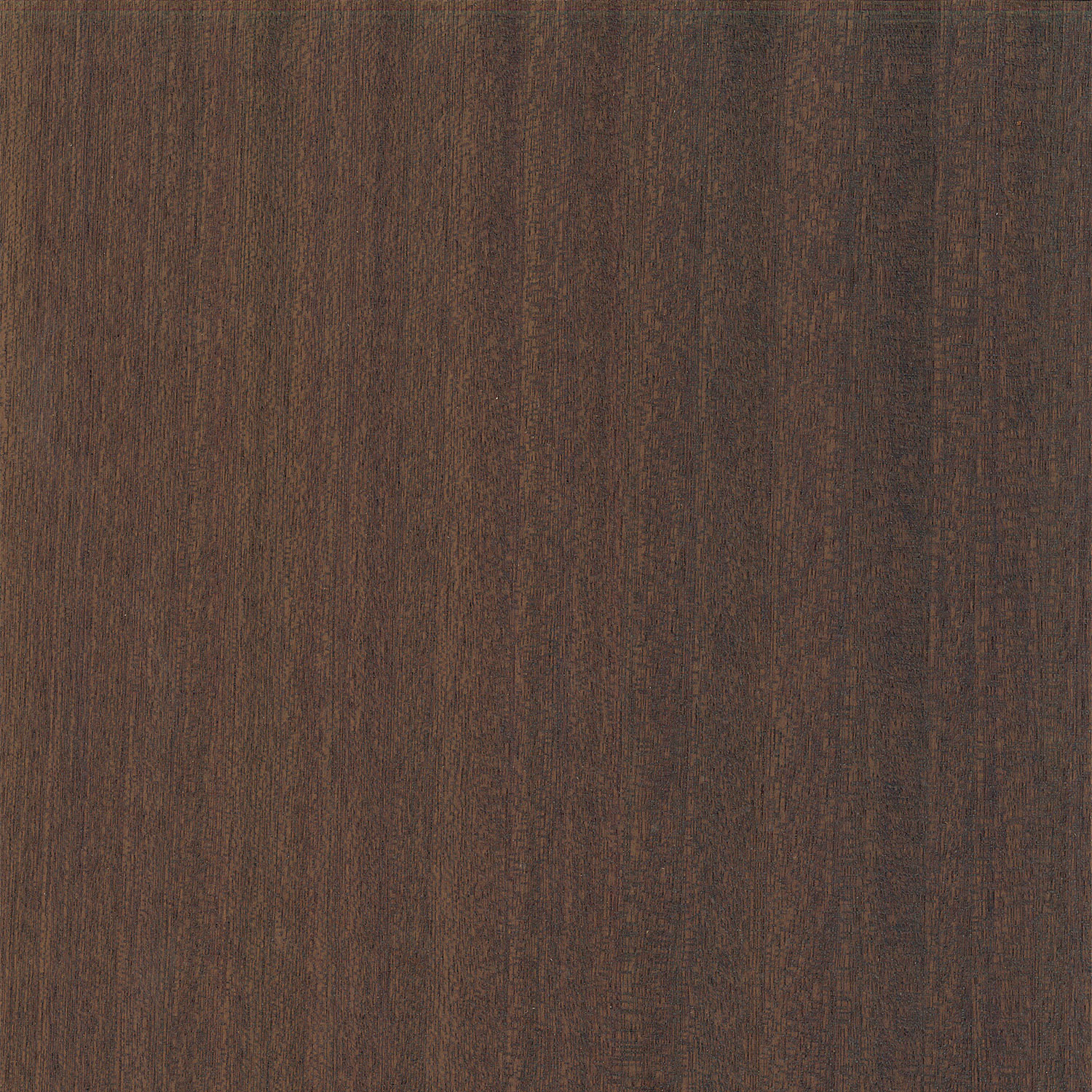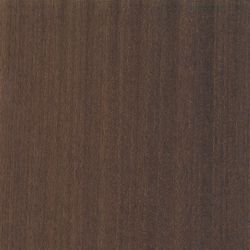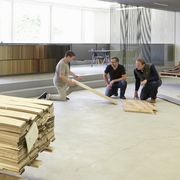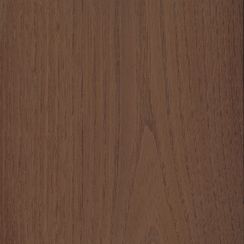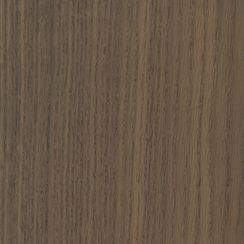Make an appointment at our concept.room for your individual project consulting
Veneer Sapele smoked
BackSince ammonia may still be bound in the cell walls of the smoked wood in isolated cases, it is recommended to allow the veneer sheets to air well (approx. 3 - 4 hours) after cutting them to width and before joining them together. This allows clean joint gluing without any problems.
Detailed Description
A very large tree up to 60 m high and over 150 cm in diameter. Shaft well formed up to 30 m knotless, straight and cylindrically grown with weak root attachments. Bark is smooth, slightly bumpy when old, peeling off in places.
Tradenames and other names
Bot. Name: Entandrophragma cylindricum
Tradename De: Sapeli geräuchert, Aboudikro geräuchert, Sapeli Mahagoni geräuchert
Tradename En: Sapele Mahogany smoked, Sapele smoked
Properties
Raw density: 600 - 750 Kg/m3
Occurrence
Sapeli is widespread in West, Central and East Africa.
Characteristic and wood color
Sapwood relatively broad, white to grey, clearly distinguished from the heartwood. The heartwood is reddish brown, darkening to dark brown in air without losing its golden lustre. Pores are large to medium sized, scattered and numerous, fillers present but not noticeable.
